Viking Blog
Viking Armor: 7 Fascinating Secrets About the Legendary Norse Warrior Gear!
The Vikings were legendary Norse seafarers and warriors. They are famous for their fierce spirit and will. Viking armor was key to their identity. It helped them survive and dominate. Viking armor, beyond its use, holds captivating stories and mysteries. They intrigue historians and fans alike. Let’s uncover seven fascinating secrets about this iconic warrior gear.
1. Not All Vikings Wore Full Viking Armor
Contrary to popular belief, not all Viking warriors had access to full suits of armor. A full set of armor, including a mail shirt (byrnie), a helmet, and leg protection, was a huge investment. Only wealthy chieftains, their retinues, and seasoned warriors could afford it. The average Viking soldier relied on more accessible options. They often included a padded tunic, sometimes with leather or iron plates. These alternatives were less protective than chainmail. But, they were affordable and allowed for greater mobility. They offered a fair level of defense.
2. Chainmail: A Status Symbol and Defense
Chainmail armor was the best Viking armor. It showed wealth and skill. Known as “brynja” in Old Norse, a single mail shirt could take hundreds of hours to create. Workers secured each of the thousands of iron rings with individual rivets. It was an item that required significant labor and expense. Mail shirts were often heirlooms, passed down through generations. They signified status and prowess in battle. Chainmail was great against slashing attacks from swords and axes. But, it was less effective against piercing weapons like spears and arrows. It also offered less protection against blunt force trauma from maces and axes.
3. Helmets Were Rarely Horned
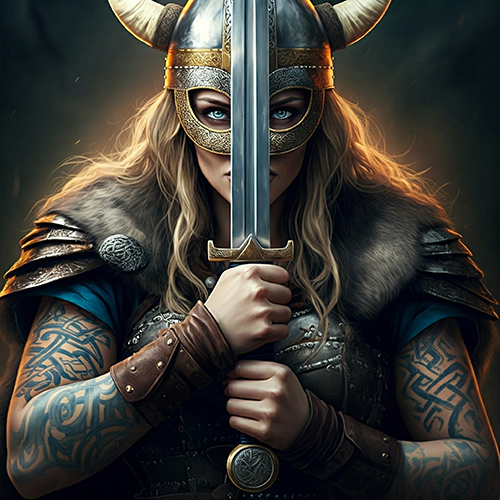
The image of a horned Viking helmet is a misconception. It comes from 19th-century Romanticism and operatic costume design. Archaeological evidence shows that real Viking helmets were functional. They prioritized protection over decoration. Most were iron, crafted by craftsmen. They had a simple, conical or rounded shape and a nose guard for added protection. Some helmets had elaborate decorations, like eyebrows and animal motifs. But horns were rare. They were likely only for ceremonies.
4. Leather Viking Armor: Lightweight and Effective
The elite preferred chainmail armor. The average Viking warrior chose leather. Thick layers of boiled leather, with studs or scales, resisted cuts and blows. Leather armor was a mix of defense and mobility. This was vital for the Vikings’ fast-paced combat style. It was also much cheaper and easier to maintain than chainmail. So, it was a practical choice for long raids and campaigns.
5. Viking Shields Played a Dual Role
Viking shields were more than defensive tools. They were key to a warrior’s offensive and psychological tactics. Shields were usually round and constructed from wooden planks. They had a central iron boss for reinforcement. They blocked attacks, bashed opponents, and served as a platform for swimming. Their bright, painted designs featured fearsome beasts and patterns. They aimed to intimidate foes and unite Vikings. Shields were also imbued with symbolic meaning, representing protection and the warrior’s identity.
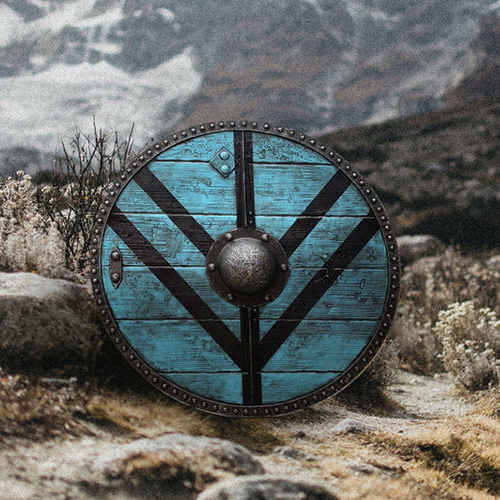
6. Runes and Decorations Held Protective Power
Viking armor and weapons often had intricate carvings, knotwork, and runes. These decorative elements were not for show. They had deep cultural and spiritual meaning. Vikings believed runes and symbols had magic. They could invoke the protection of gods like Odin, Thor, and Tyr. People believed that inscribing armor with these symbols would make it stronger. It would also bring good luck in battle.
7. Women and Armor: Shieldmaidens in Viking Lore
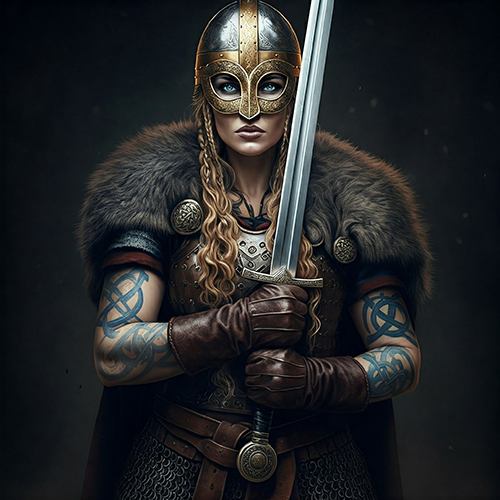
Norse mythology and archaeology support the idea of female warriors fighting alongside men. Shieldmaidens, like Brynhildr and Lagertha, are legendary figures. Sagas depict them as skilled warriors who raided and fought in battles. Archaeological finds, like the Birka warrior grave, suggest some Viking women were fighters. It contained a female skeleton with weapons and armor. These women likely had high status. They may have been warrior professionals or members of the ruling class.
The Legacy of Viking Armor
Viking armor is more than protective gear. It shows the Norse people’s ingenuity, craftsmanship, and cultural values. Each piece, from a simple leather jerkin to an elaborate mail shirt, tells a story. It is one of resourcefulness, skill, and deep faith. Viking armor still fascinates and inspires today. It reminds us of the fierce spirit and legacy of the Viking Age. Whether you’re a history buff, a reenactor, or drawn to Viking lore, their armor holds secrets. It offers a glimpse into a world where survival depended on strength, skill, and a touch of magic.

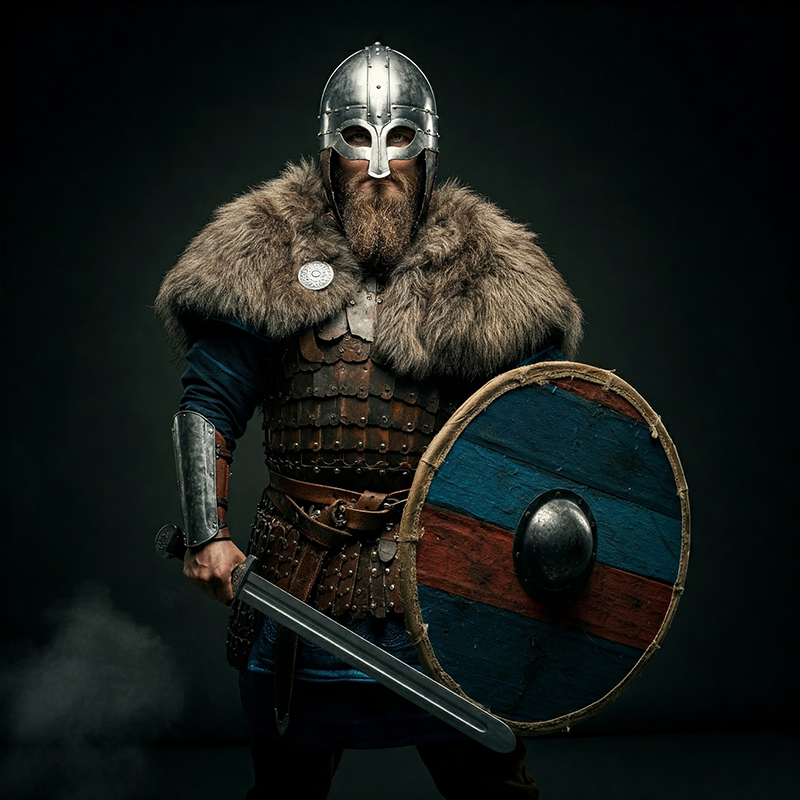
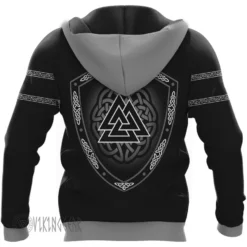
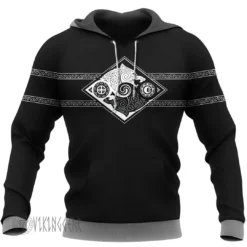
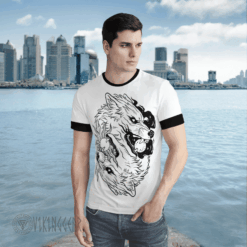
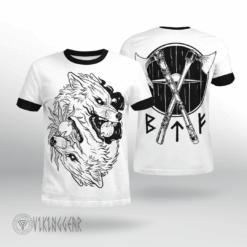

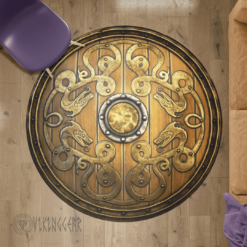
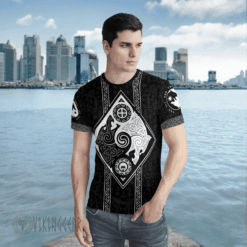
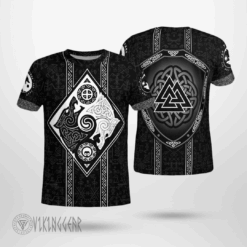
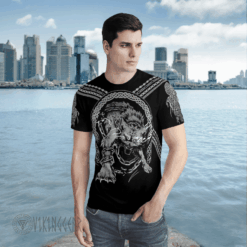
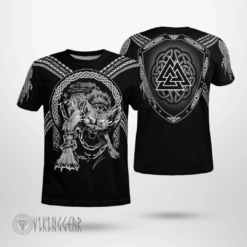
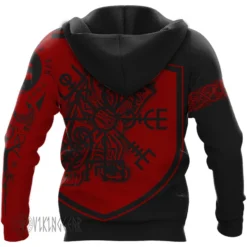
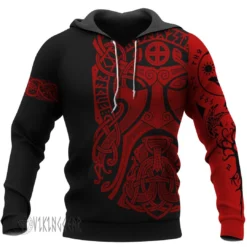
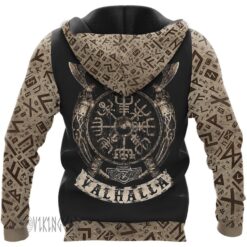
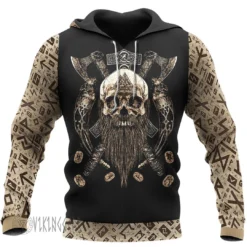
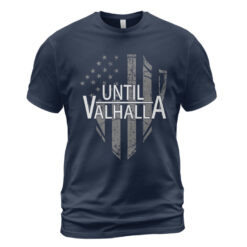
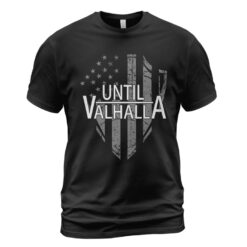
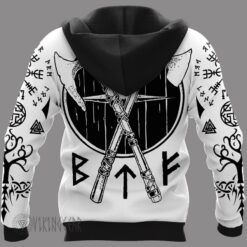
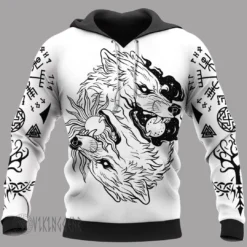
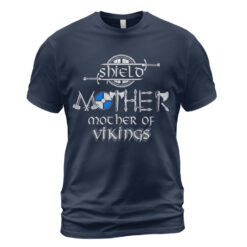
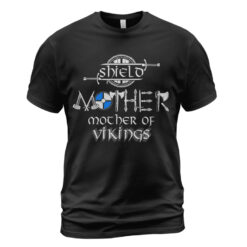
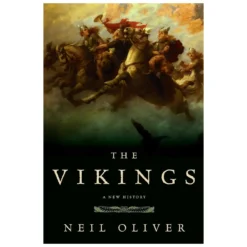
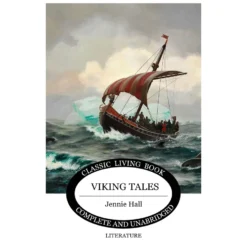
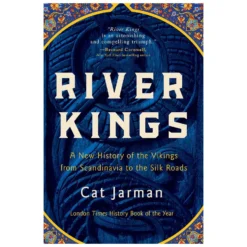
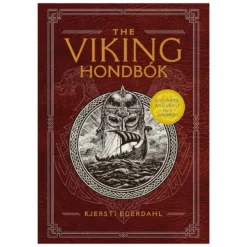
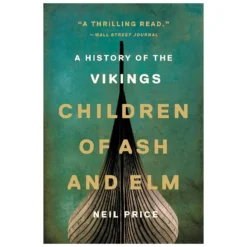
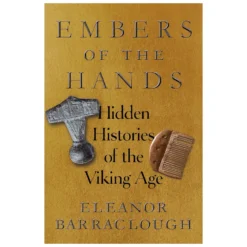
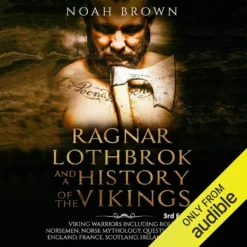
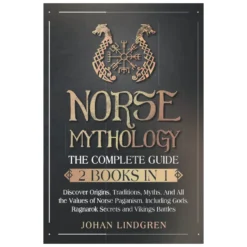
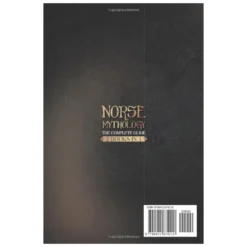
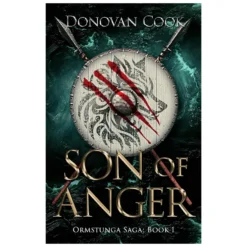
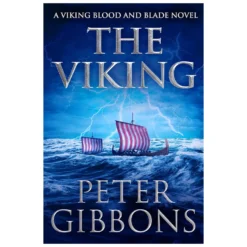
#3 – Viking Helms were NEVER horned